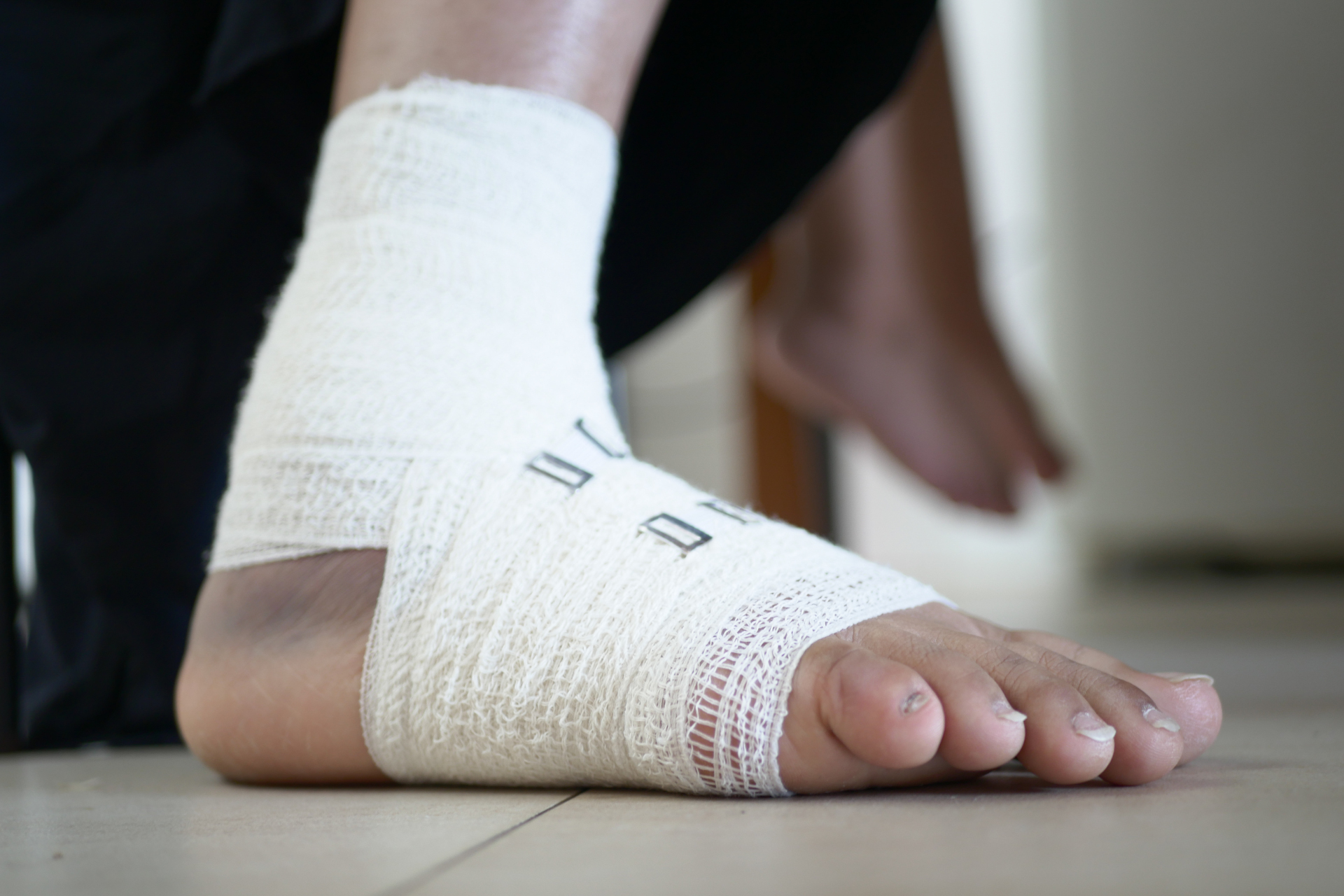Dr. Jacqueline Majors
Director of Limb Salvage Program
Learn more about Dr. Majors
Limb Salvage Program
Limb salvage is a critical focus of the care we provide at Zenith Vascular. Our goal is to restore blood flow to affected limbs, relieve pain, promote wound healing, and prevent the need for amputation. We use advanced techniques tailored to each patient’s needs, ensuring the best possible outcomes.
Our compassionate experts will work closely with you to develop a personalized treatment plan that best suits your needs and goals.
Atherectomy: Removing Plaque for Better Results
Atherectomy is a minimally invasive procedure that removes plaque buildup inside the arteries. By debulking the plaque, atherectomy improves how the artery responds to ballooning (angioplasty) and often reduces the need for permanent stents. This technique is especially effective for treating severely narrowed or blocked arteries.
Drug-Coated Balloons: A Unique Advantage
At Zenith Vascular, we are the only facility in Memphis to use drug-coated balloons during angioplasty procedures. These special balloons release medication that helps prevent scar tissue from reforming in the treated vessels. This innovation can improve the long-term success of the treatment and extend the time before further intervention might be needed.
How Angioplasty Works
Angioplasty is another important part of our limb salvage approach. During this procedure, a small balloon-tipped catheter is inserted into the affected artery through a tiny incision. The catheter is guided to the narrowed or blocked area, where the balloon is inflated to widen the artery and restore blood flow. This can alleviate symptoms, aid in healing wounds, and reduce the risk of amputation.
By combining atherectomy, drug-coated balloons, and other advanced techniques, we provide comprehensive vascular care to help patients achieve better outcomes and improve their quality of life.
Wound Care and Management
Vascular clinics may provide specialized wound care services for patients with non-healing wounds. This can involve debridement (removal of dead tissue), infection control, and advanced wound dressings to promote healing and prevent complications.

Endovascular Therapy
This approach involves using various techniques, such as angioplasty, stenting, atherectomy or thrombectomy, to remove plaque buildup or blood clots from the arteries. It can be performed using catheters and special tools, often without the need for open surgery. Endovascular therapy can potentially save a limb from amputation in certain cases and improve blood flow by opening blocked or narrowed blood vessels.
Compression Therapy
Compression therapy is commonly used to improve blood flow and reduce swelling in the lower limbs. It involves wearing specially designed compression stockings or bandages that apply gentle pressure to the affected area. It can play a supportive role in managing certain conditions and promoting wound healing. The use of specialized stockings or wraps, is commonly used to improve circulation and reduce swelling in conditions like venous insufficiency or lymphedema. By applying pressure to the affected limb, compression therapy can help prevent fluid buildup and improve blood flow. This can be beneficial in managing chronic wounds, reducing the risk of infection, and promoting healing.
Medications
Vascular clinics may prescribe medications to manage underlying conditions contributing to limb preservation, such as blood thinners to prevent clot formation or medications to control blood sugar levels in diabetic patients.
Lifestyle Modifications
Vascular clinics often emphasize the importance of lifestyle changes to support limb preservation. This may include adopting a healthier diet, regular exercise, smoking cessation, and proper foot care practices.
Patient Education and Self-Management
Vascular clinics play a crucial role in educating patients about their condition, treatment options, and self-care techniques. They may provide resources, support, and guidance on managing symptoms, preventing complications, and maintaining overall vascular health.

